A series of explosions involving Hezbollah-operated pagers in Lebanon resulted in around 3,000 injuries and eight fatalities. According to health experts, more than 200 of the injured were in serious condition; the face, hands, and stomach were the most common areas affected by severe injuries.
Details of the Explosion
According to the investigations, Hezbollah was using these pagers for encrypted communication, and they exploded simultaneously throughout Lebanon. It appears that issues with the lithium batteries caused the gadgets to overheat. They were designed to beep to alert users before blowing up. The people near the devices or using those pagers were the principal victims of the blast injuries.
Who is Responsible?
There have been allegations that the incident may have involved Israeli intelligence. It was referred as a “criminal Israeli aggression.” by the Lebanese officials. Hezbollah claimed that Israel’s recent operations were the reason for the explosives, but Israel has been aware of Hezbollah’s activities, particularly in light of Hamas’s earlier October strikes.
It was one of the most powerful bombardments of the year when the Israeli military targeted Hezbollah with a large number of airstrikes on Thursday.The Israel Defense Forces (IDF) reportedly hit some 150 nests, 30 launchers, structures, military infrastructure, and a Hezbollah arms storage in southern Lebanon.
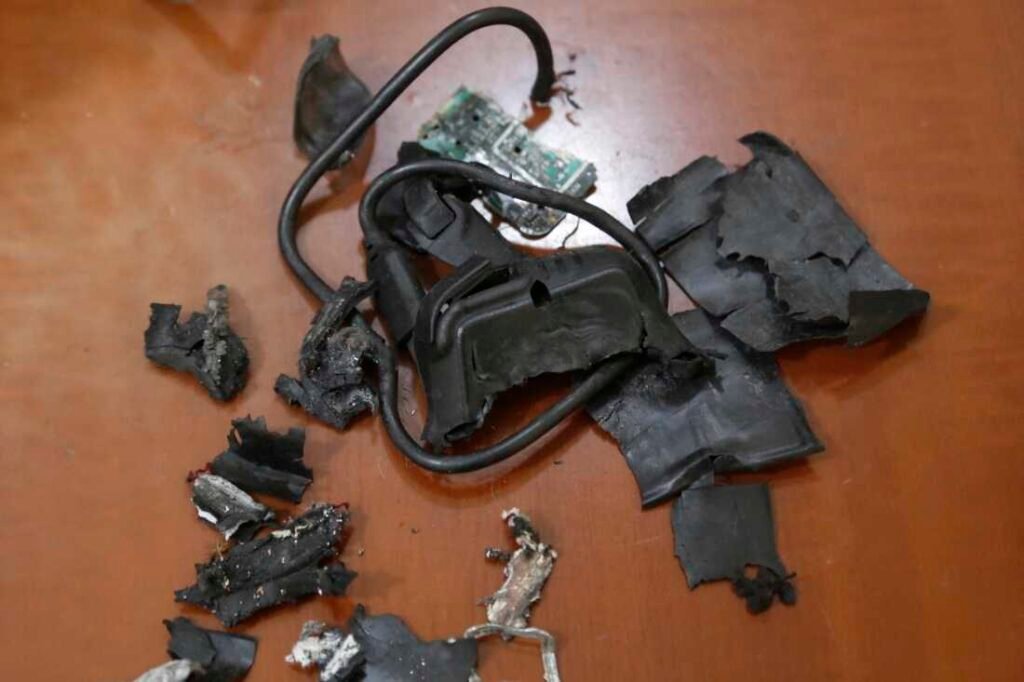
As stated on Thursday by the commander of the heavily armed Lebanese movement backed by Iran, deadly Israeli attacks that destroyed Hezbollah radios and pagers violated all red lines. Notwithstanding Israel’s actions, Nasrallah called the assaults a “massacre” and threatened “tough retribution and just punishment.” Israeli strikes would occur both in unexpected and unexpected places, according to the head of Hezbollah. The sound barrier was broken during his address by Israeli fighter planes roaring above Beirut.
Israeli Defense Minister Yoav Gallant issued a warning, stating that the nation was entering a “new phase in the war,” signifying that the battle, which had previously been centered on Gaza, was now extending to Israel’s northern border with Lebanon.
Background
Hezbollah, which translates to “Party of God,” was established in reaction to the Palestinian presence in Lebanon during the Lebanese Civil War (1975–1990). The Islamic Revolutionary Guard Corps (IRGC) of Iran has helped Hezbollah develop into a formidable militia. It is renowned for resisting Western influence in the area as well as Israel.
Additionally, Hezbollah is a major political force in Lebanon, owning a sizable portion of the Parliament’s seats. But the economic crisis in Lebanon has led to criticism of the group at home, raising questions about its involvement in regional and municipal politics.
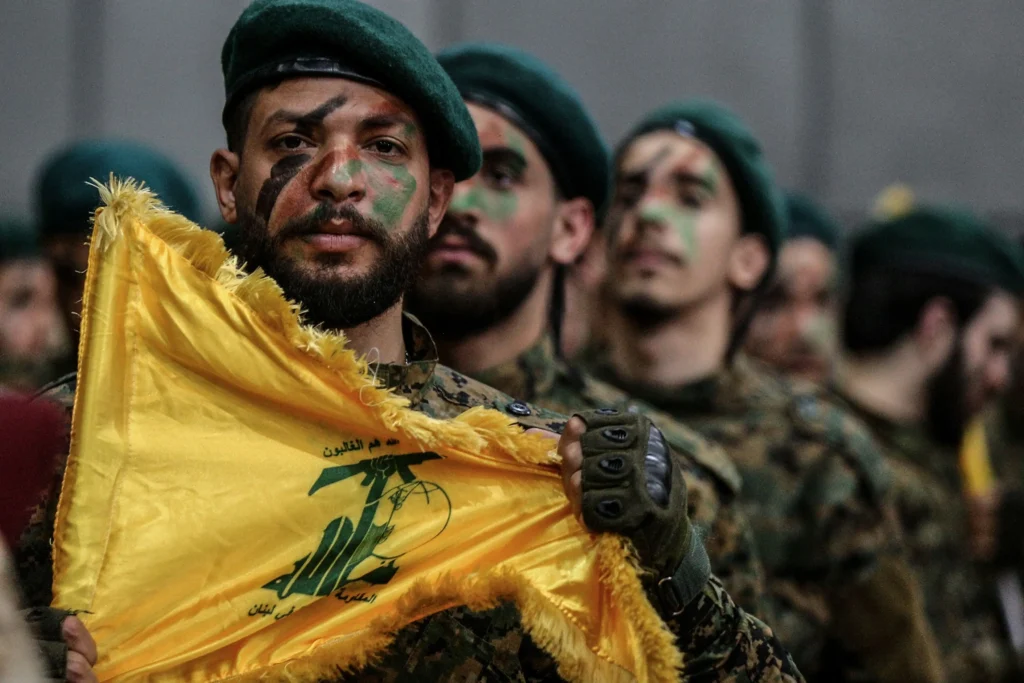
What is Hezbollah fighting for?
Its primary goal was to combat Israeli and American imperialism, which Hezbollah defined as involving the occupation of Southern Lebanon and other territories. Creating a Muslim “ummah” with the purpose of enabling Lebanon to carry out the objectives of the Iranian Revolution of 1979 was the second goal.
Is Hezbollah powerful?
Israel, the main enemy of Hezbollah, relies heavily on rocketry in its military operations. As part of its operational plan, Hezbollah employs rockets against Israel while defending its firing positions in southern Lebanon with light infantry and anti-armor forces.
Growing Conflict Between Hezbollah and Israel
After Hamas launched attacks on Israel on October 8, 2023, tensions between Israel and Hezbollah have increased. With the justification that it is supporting the Palestinians in Gaza, Hezbollah has escalated its armed operations. Israel is worried about the military might and regional presence of Hezbollah.
Iran-backed Hezbollah has been a steadfast supporter of Hamas, the Palestinian organization at the center of the Gaza conflict since the October 7, 2023 attack that claimed over 1,200 lives in Israel, the majority of them civilians. With Hezbollah carrying out regular attacks against Israeli communities along the northern border, the conflict has now escalated into a regional conflict that has prompted IDF retaliation strikes.
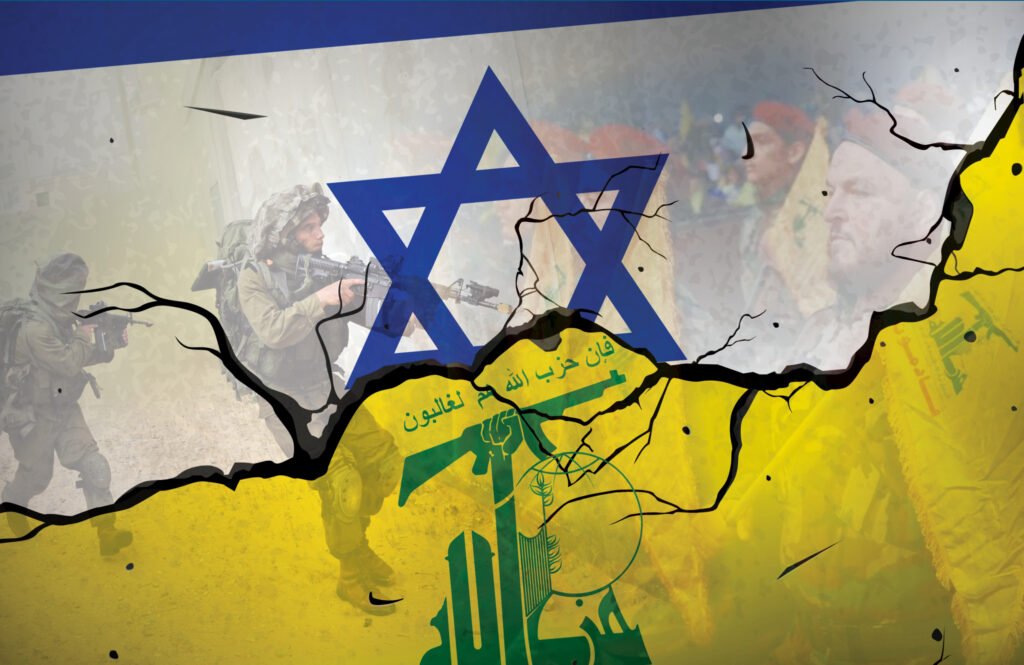
Tens of thousands of civilians on both sides of the border have been forced to flee their homes as a result of the firefights between Israel and Hezbollah along the border. Strict military orders have now been issued to communities near Israel’s northern front, telling people to stay close to bomb shelters, stay away from crowds, and spend less time outside.
The IDF claimed that its aircraft had “struck approximately 100 launchers and additional terrorist infrastructure sites, consisting of approximately 1,000 barrels that were ready to be used in the immediate future to fire toward Israeli territory” in a statement released late on Thursday.
“The IDF will continue to operate to degrade the Hezbollah terrorist organisation’s infrastructure and capabilities in order to defend the state of Israel.”
Key Takeaways
The ongoing conflict between Hezbollah and Israel continues to deepen the instability in the region, with no immediate end in sight. The tragic explosion of Hezbollah-operated pagers has intensified the already volatile situation, leading to accusations, military actions, and heightened tension across borders. The possibility of further escalation looms large, as both Hezbollah and Israel remain locked in a cycle of retaliation.Ultimately, these events underline the devastating human cost of this conflict. Thousands of lives have been disrupted, homes destroyed, and the threat of war hangs heavy over civilians on both sides. Until the international community steps up efforts for meaningful dialogue and conflict resolution, the people of Lebanon and Israel will continue to bear the brunt of this growing turmoil. This has also raised questions about global unrest.





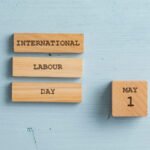






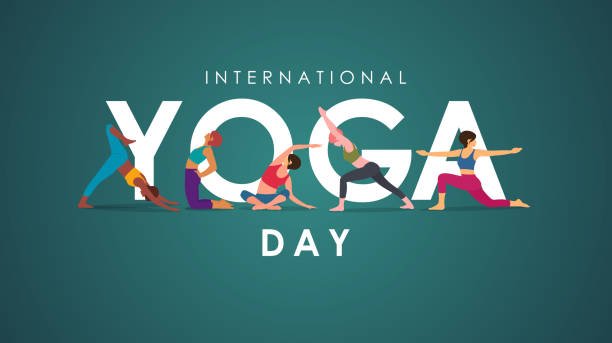
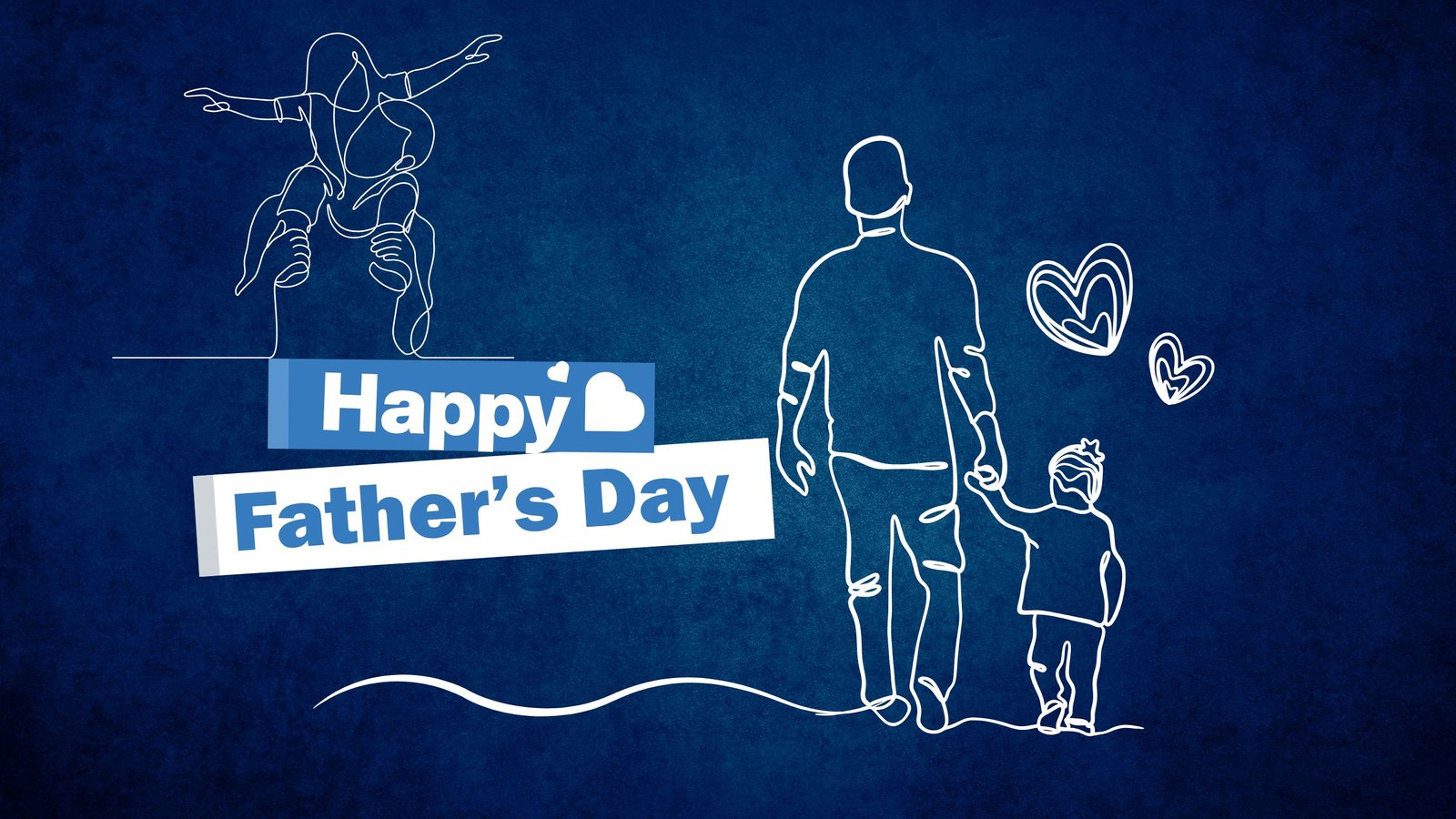


BYU Cougars I like the efforts you have put in this, regards for all the great content.
YouJizz With the admin’s focus and hard work, it’s clear this site will soon be famous for its quality offerings.